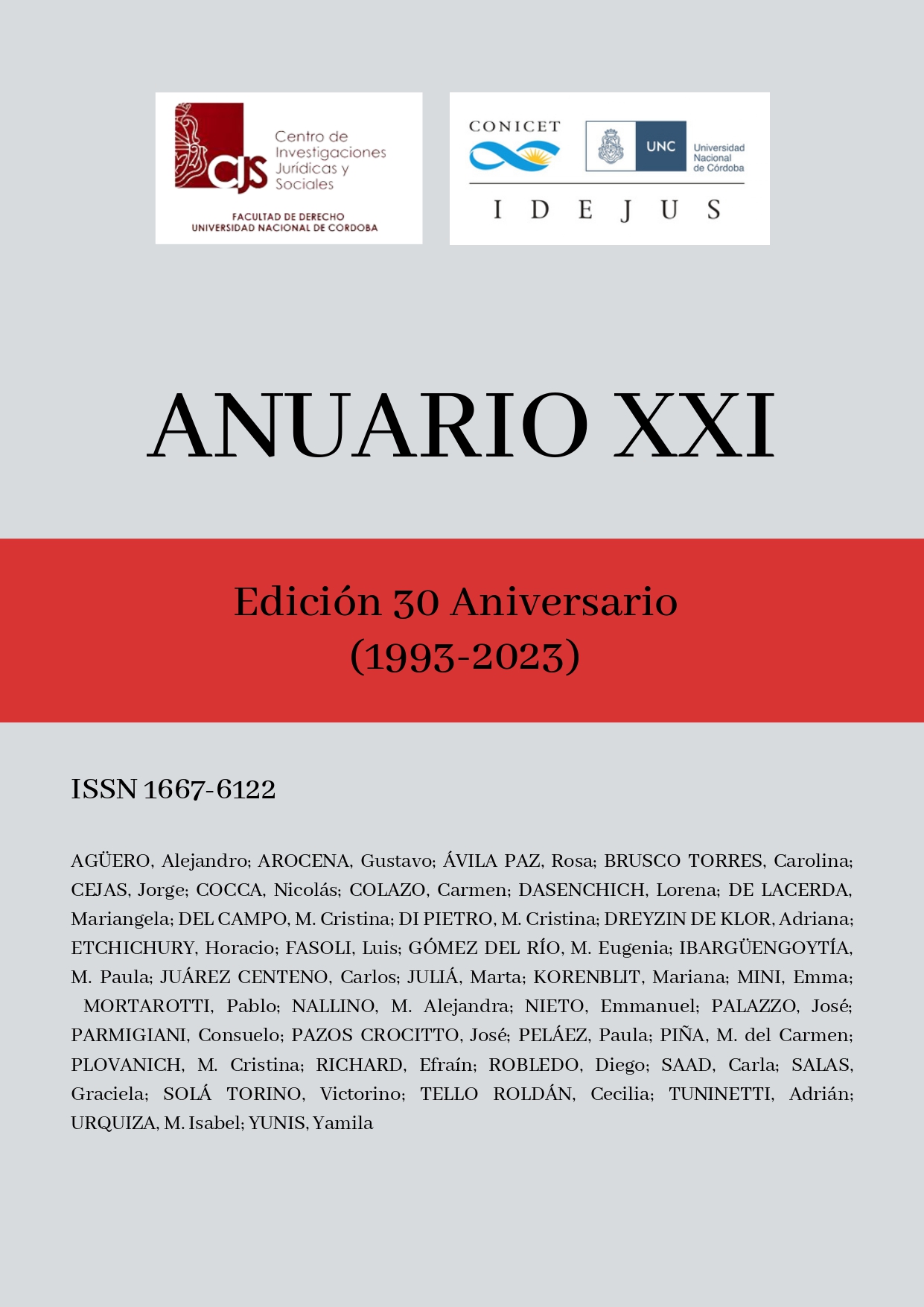KEY SENTENCES ABOUT RELIGIOUS FREEDOM ON THE SUPREME COURT IN THE 21st CENTURY
Keywords:
religious groups, religious freedom, Supreme Court, discourse analysisAbstract
The conquest of rights by minorities was powerfully recognized from the Constitutional Reform of 1994, especially by the inclusion of Human Rights Treaties with constitutional hierarchy. In this sense, the Supreme Court of Justice of the Nation was sometimes early and sometimes late in recognizing and expanding rights. In particular, the religious groups that came to the High Court, claiming for their rights, on some occasions, in extreme situations, were mostly Jehovah's Witnesses. The composition of the High Court and its responses varied in the various sentences, highlighting the leading role of certain members, through their votes. Therefore, I will try, through socio-linguistic discourse analysis from a multidimensional perspective, to show the power struggles within the Court when reconfiguring the rights of such religious groups, through key rulings during this century.
Downloads
References
AA.VV. (1998). “Peter Berger en el CEP”, entrevista, en Estudios Públicos, 71 (invierno de 1998), pp. 5-43.
BERGER, Peter L. (1997). “El pluralismo y la dialéctica de la incertidumbre”, en Estudios Públicos, 67 (invierno de 1997), pp. 1-18.
BERGER, Peter L. (2005). “Pluralismo global y religión”, en Estudios Públicos, 98 (otoño de 2005), pp. 5-18.
DURKHEIM, Émile (2004. Edición original: 1893). La división del trabajo social. Libertador, Buenos Aires.
HABERMAS, Jürgen y RATZINGER, Joseph (2008). Entre razón y religión. Dialéctica de la secularización. F.C.E., México.
HABERMAS, Jürgen (2008). “El resurgimiento de la religión, ¿un reto para la autocomprensión de la modernidad?, en Diánoia, volumen III, número 60 (mayo 2008); pp. 3-20.
LORENZETTI, Ricardo (2014). El arte de hacer justicia. La intimidad de los casos más difíciles de la Corte Suprema. Sudamericana, Buenos Aires.
MERCIER, Jean (2015) “Influencia de las religiones”, en DENIS, JEAN-PIERRE y GREILSAMER, LAURENT (editores). El atlas de la globalización. Todas las claves del proceso que está cambiando el mundo. Le monde diplomatique, capital intelectual, fundación mondiplo, Buenos Aires.
SAGUÉS, Néstor Pedro (1993). “¿Derecho constitucional a no curarse?” en Suplemento Universitario La Ley Nº 15, 1993, pp. 19-27.
URQUIZA, María Isabel (2016). Derechos humanos, minorías sexuales y Corte Suprema. XVII Congreso Nacional y VII Latinoamericano de Sociología Jurídica, octubre de 2016, Sociedad Argentina de Sociología Jurídica y Universidad Nacional de Tucumán, Tucumán. (Publicación electrónica).
URQUIZA, María Isabel (2017). “Derechos humanos, minorías religiosas y Corte Suprema”. XVIII Congreso nacional y VIII Latinoamericano de Sociología Jurídica, octubre de 2017. Sociedad Argentina de Sociología Jurídica y Universidad Nacional de Cuyo, Mendoza. (Publicación electrónica).
WEBER, Max (1992. Edición original: 1922). Economía y sociedad. F.C.E. México.
Colección Fallos de la Corte Suprema de Justicia de la Nación.
Downloads
Published
How to Cite
Issue
Section
License

This work is licensed under a Creative Commons Attribution-NonCommercial-ShareAlike 4.0 International License.


